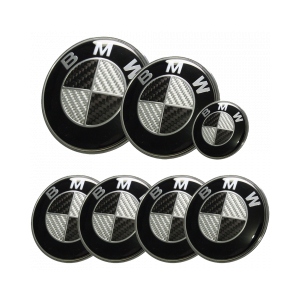o ring flange seal
Understanding O-Ring Flange Seals An Essential Component in Modern Engineering
O-ring flange seals are crucial components in a variety of industrial and mechanical applications. These seals serve as a barrier to prevent leaks between two mating surfaces, ensuring that fluids and gases are contained effectively. Widely used in industries such as automotive, aerospace, and manufacturing, O-ring flange seals provide both reliability and efficiency in sealing solutions.
What is an O-Ring Flange Seal?
An O-ring flange seal consists of a circular ring, typically made of elastomeric materials such as rubber or silicone, which is placed in a groove on a flange. The flanges are then bolted together, compressing the O-ring and creating a tight seal. The design of the O-ring allows it to expand slightly when compressed, filling any gaps between the flange surfaces and preventing unwanted leaks.
Applications and Benefits
O-ring flange seals are versatile and can be found in numerous applications. In the automotive industry, they are used in engines, fuel systems, and transmissions to ensure that fluids such as oil and coolant do not escape. In aerospace, O-ring seals are essential for aircraft hydraulic systems, where leaks can lead to catastrophic failures if not properly contained.
The benefits of using O-ring flange seals extend beyond just leak prevention. They are relatively easy to install and replace, which can save time and labor costs during maintenance. Additionally, O-rings can accommodate a range of temperatures and pressures, making them suitable for various operational environments. Depending on the material used, O-rings can resist chemicals, oils, and other harsh substances, further enhancing their utility.
Material Selection
Choosing the right material for an O-ring is critical for the seal's performance. Common materials include
o ring flange seal

- Nitrile Rubber (Buna-N) Highly resistant to oil and fuel, making it ideal for automotive applications. - Fluoroelastomer (Viton) Excellent for high-temperature and aggressive chemical environments. - Silicone Known for its flexibility and ability to withstand extreme temperatures, though it has limited resistance to high pressures. - Polyurethane Offers high abrasion resistance and is often used in hydraulic applications.
Selecting the appropriate material depends on the specific requirements of the application, including temperature ranges, pressure, and the types of fluids involved.
Design Considerations
The design of the O-ring seal is as crucial as the material. Engineers must consider several factors, such as
1. Groove Design The size, shape, and depth of the groove affect the performance of the O-ring. Proper design ensures that the O-ring is adequately compressed without being over-compressed, which can lead to failure. 2. Compression Ratio The amount of compression applied to the O-ring can significantly influence its sealing capability. A typical compression ratio ranges from 15% to 30%, depending on the application.
3. Environmental Conditions Operating conditions such as extreme temperatures, pressures, and exposure to chemicals must be taken into account to ensure longevity and effectiveness.
Conclusion
O-ring flange seals are indispensable in modern engineering, providing a simple yet effective solution for preventing leaks in a myriad of applications. Their versatility, ease of installation, and range of material options make them a go-to choice for engineers and manufacturers. As industries continue to evolve and demand more efficient sealing solutions, the importance of O-ring flange seals will only increase. Understanding their design, material properties, and application needs is essential for anyone involved in engineering or mechanical maintenance, ensuring reliable performance and peace of mind in the systems they help protect.
-
Understanding Automotive Oil Seals: Essential Components for Engine and Shaft Protection
News Jul.30,2025
-
The Importance of Heavy Duty Seals in Industrial and Residential Applications
News Jul.30,2025
-
Exploring Industrial Oil Seals: From Felt Oil Seals to TTO and CFW Solutions
News Jul.30,2025
-
Essential Guide to Oil Seals: From Radial to Metal-Cased Seals for Industrial Reliability
News Jul.30,2025
-
Choosing the Right Oil Seals and Gaskets for Industrial and Automotive Applications
News Jul.30,2025
-
Cassette Seals: Durable Sealing Solutions for Harsh Environments
News Jul.30,2025
-
Understanding the Front Main Engine Seal: Purpose, Maintenance, and Installation
News Jul.29,2025
Products categories















